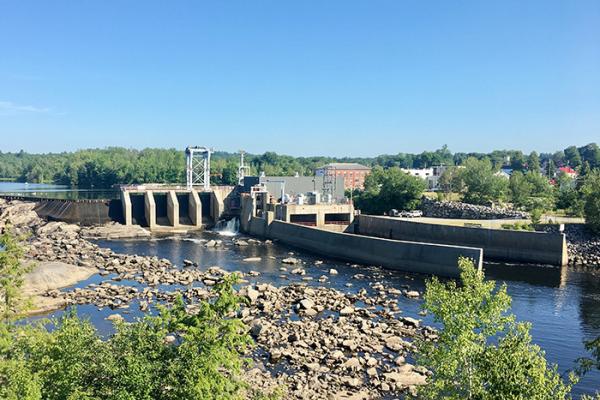
Eagle Creek owns and operates six run-of-river hydroelectric facilities on the Androscoggin River and its tributary, the Little Androscoggin River, in Maine. From upstream to downstream, these include Riley, Jay, Otis, and Livermore on the Androscoggin, Hackett Mills on the Little Androscoggin, and Worumbo on the Androscoggin (downstream of its confluence with the Little Androscoggin). Together, these facilities supply New England with over 240 million kilowatt-hours of clean energy each year.
Riley, Jay, Otis, and Livermore were originally built in the late 1800s as paper and pulp facilities and were among the original paper and pulp mills at the time of formation of International Paper in 1898. Currently, they provide energy to Verso's Androscoggin Mill in Jay, Maine. Eagle Creek bought the hydroelectric facilities from Verso in early 2016. The facilities are licensed by the Federal Energy Regulatory Commission through 2048. Riley, Jay, and Livermore form FERC Project No. 2375. Otis is licensed separately as FERC Project No. 8277. The facilities have been certified by the Low Impact Hydro Institute under LIHI Certificate No. 48.
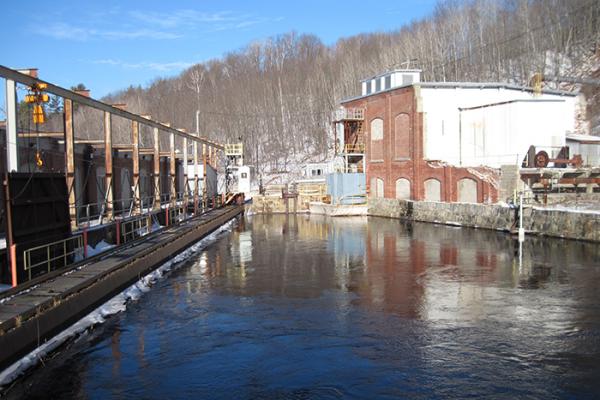
The Riley power station is a 6,900-kilowatt hydroelectric plant located on the Androscoggin River in the town of Jay, Maine. It is located just west of the Verso Androscoggin Mill and is also the location of the mill's process water intake. The facility’s six turbine/generator units produce approximately 28 million kilowatt-hours of clean energy in a typical year. Riley was originally constructed as a pulp mill in 1897. The current generating equipment in the Riley station was installed in 1982.
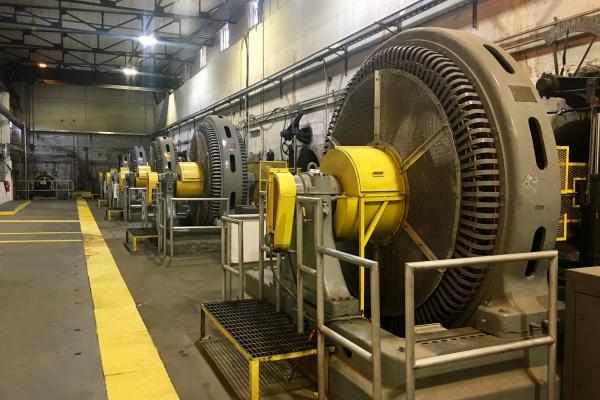
The Jay power station is a 3,125-kilowatt hydroelectric plant located on the Androscoggin River in the town of Jay, Maine. It is located just east of the Verso Androscoggin Mill. The facility includes three dams connecting to two islands in the river. The facility's powerhouse is on the east side of the river and is equipped with six turbine/generator units producing approximately 13 million kilowatt-hours of clean energy in a typical year. The Jay facility was built in 1912 to provide electric power to upstream and downstream paper mills. It replaced a paper and pulp mill and related dam that had previously occupied the same site on the river.
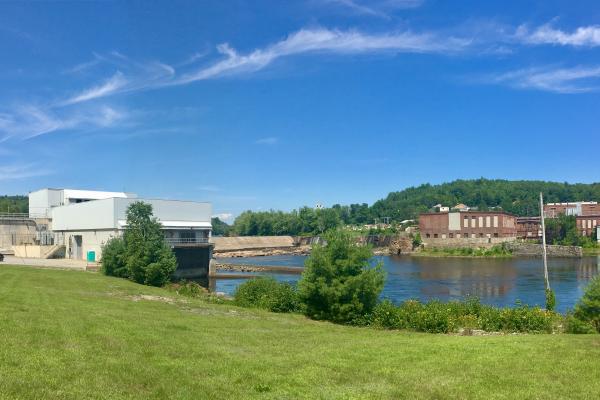
The Otis power station is a 10,350-kilowatt hydroelectric plant located on the west bank of the Androscoggin River in the town of Livermore, Maine. The powerhouse contains two turbine/generator units producing approximately 58 million kilowatt-hours of clean energy in a typical year. The dam was originally built in 1888 as part of a paper mill on the east bank of the river. The current powerhouse at the Otis station was built in 1984.
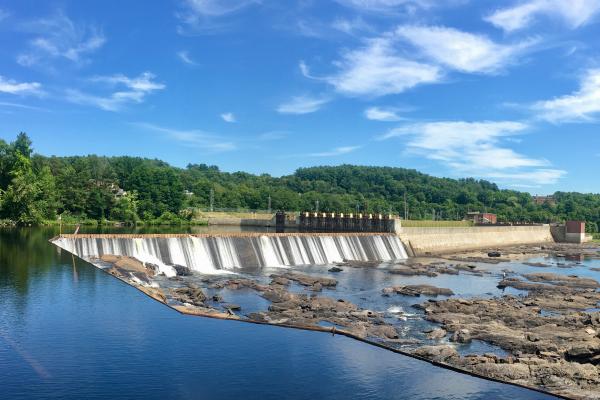
The Livermore facility is an 8,800-kilowatt hydroelectric plant located on the east bank of the Androscoggin River in the town of Livermore Falls, Maine. The main powerhouse, constructed in approximately 1910, contains eight turbine/generator units. In addition, a second powerhouse containing a ninth unit was built in 2004 to discharge water into a reach of the river bypassed by the main powerhouse flow. The Livermore facility produces approximately 46 million kilowatt-hours of clean energy in a typical year.
Hackett Mills is a 485-kW hydroelectric facility on the Little Androscoggin River in Poland and Minot, Maine. It was built in 1986 on the site of an older dam and hydroelectric facility dating from the early 1900s. The current facility contains a single bulb turbine. It produces nearly 3 million kilowatt-hours of clean energy in a typical year. It operates under a license from the Federal Energy Regulatory Commission (FERC Project No. 6398) that is valid through 2024.
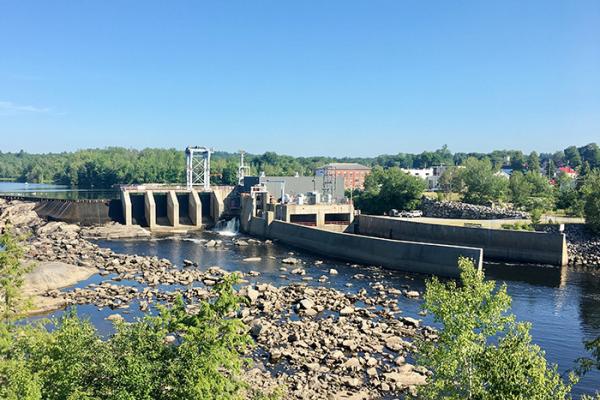
Worumbo is a 19,400-kW hydroelectric facility on the Androscoggin River in Lisbon Falls, Maine. It is located at the site of the former Worumbo Woolen Mill, which was built in 1864. The current hydroelectric facility was built in 1989 using the woolen mill's timber crib dam; that dam was replaced in 2011 with a concrete dam and pneumatic crest gates. The Worumbo facility contains two horizontal Kaplan turbines. It also incorporates an upstream fish lift and downstream fish passage facilities. Worumbo produces over 92 million kilowatt-hours of clean energy in a typical year. It operates under a license from the Federal Energy Regulatory Commission (FERC Project No. 3428) that is valid through 2025.